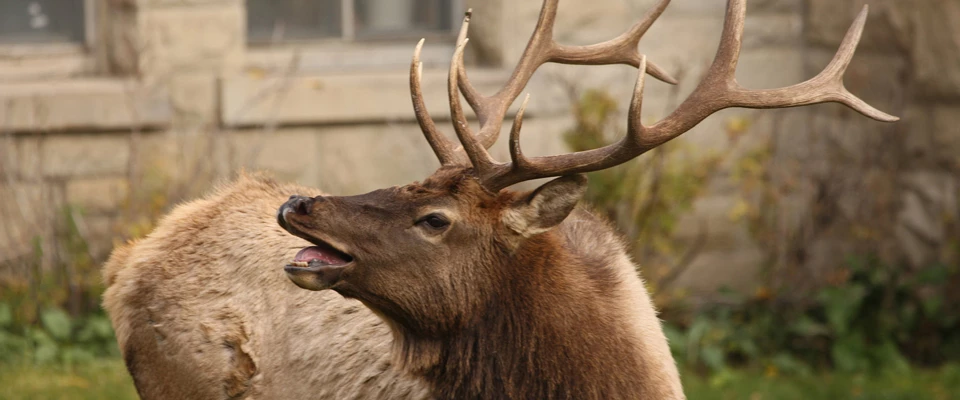
NPS/Jim Peaco The Greater Yellowstone Ecosystem has many biological sounds with important ecological functions for reproduction and survival. Birds, mammals, amphibians, and insects often need to hear or produce sounds to attract mates, detect predators, find prey, and/or defend territories. The occurrence of sounds in a particular area forms the soundscape. The natural soundscape of the Greater Yellowstone Ecosystem delights visitors during the fall elk rut, during birds’ spring choruses, along streams, and in the still and profoundly quiet winter days and nights. Natural soundscapes are a resource and are protected by National Park Service policies. Many visitors come to national parks to enjoy serenity and solitude and to hear sounds of nature. Sounds associated with human activity, including road traffic, aircraft, and snowmobiles, often impact these natural soundscapes and are a growing concern. Aircraft noise, the most widespread human-caused sound in the park, is heard on average for less than 10 percent of the day. Yellowstone and Grand Teton initiated a soundscape monitoring program in 2003. Source: NPS DataStore Collection 7734. To search for additional information, visit the NPS DataStore. Additional Information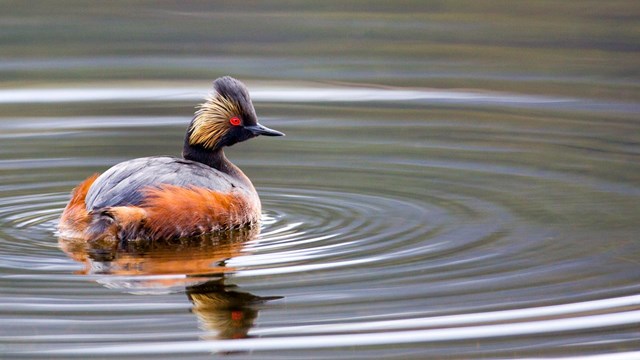
Sound Library
Immerse yourself in the aural splendor of Yellowstone. 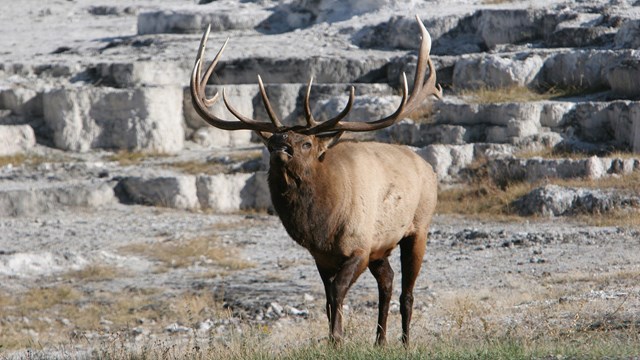
Subject Site: Natural Sounds
The natural and cultural sounds in parks awaken a sense of wonder that connects us to the qualities that define these special places. 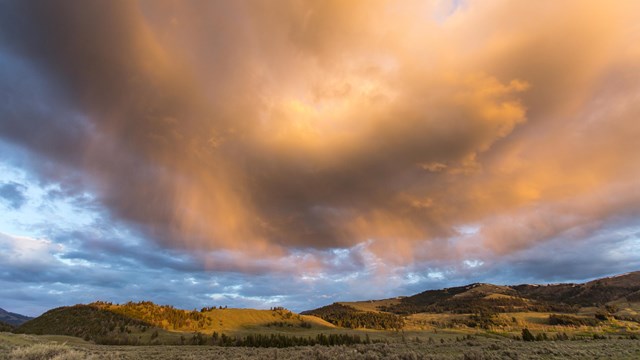
Subject Site: Air
Clean air helps people breathe easy and see far. It keeps our parks and planet healthy too! 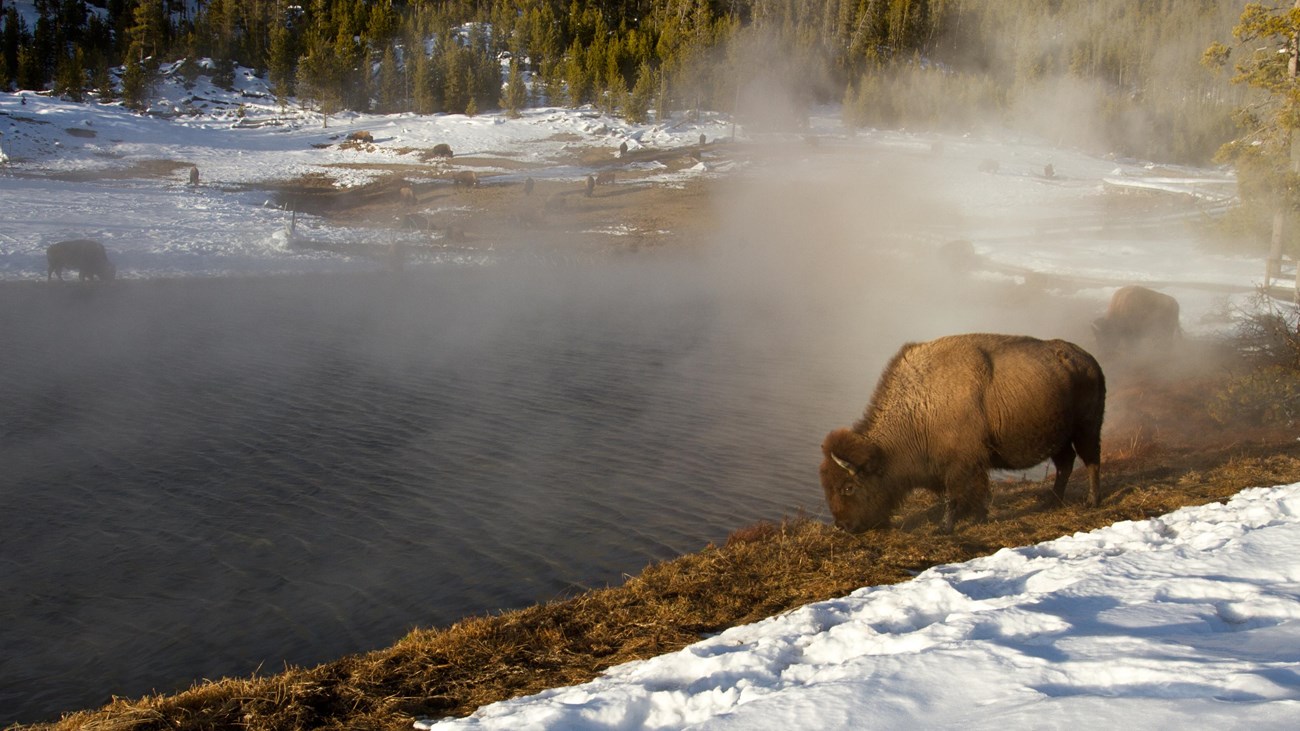
Greater Yellowstone Ecosystem
Yellowstone is the heart of one of the largest, nearly intact temperate-zones on Earth. |
Last updated: April 17, 2025
